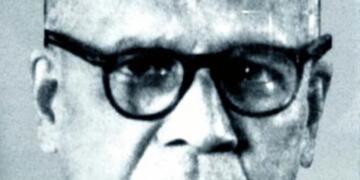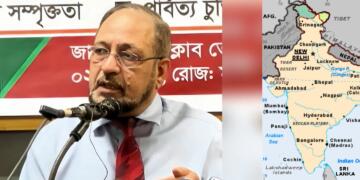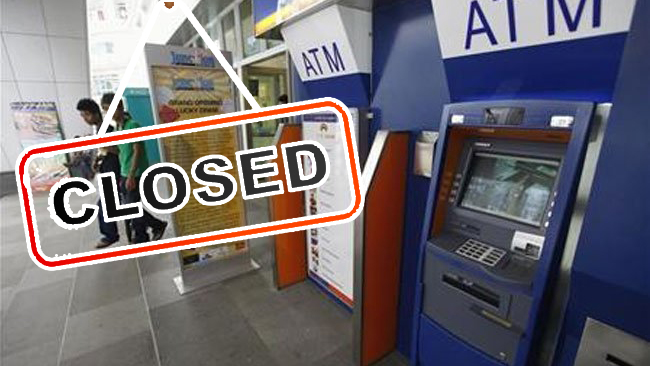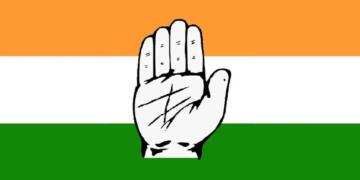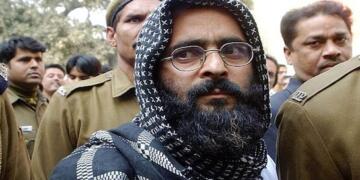A few weeks back the report by Confederation of ATM industry (CATMi) claimed that almost one lakh of the existing 2.38 lakh machines face the risk of closure by March next year. “A large number of ATMs in non-urban locations may be shut down due to unviability of operations. If this happens, the financial inclusion programme would be severely impacted as millions of beneficiaries under the government’s Pradhan Mantri Jan Dhan Yojana (PMJDY) scheme, who withdraw subsidies in the form of cash through ATMs, may find their neighborhood ATM shut,” said the report. However Minister of State for Finance, Shiv Pratap Shukla informed the Parliament that state-run public sector banks have no plans of ATM closures.
The industry body claimed in its report that ATM operating is no longer profitable with new compliance rules and thus half of the existing may be closed. “The situation has further deteriorated now due to the additional compliance requirements that call for a huge cost outlay. The service providers do not have the financial means to meet such massive costs and may be forced to shut down these ATMs unless banks step in to bear the load of the additional cost of compliance,” noted the report. “To implement all these security, software-hardware directives would entail an additional cost of minimum Rs 1.5 lakh per ATM per month. This works out to astronomical figures for all the 2.38 lakh ATMs in the country,” said CATMi director V Balasubramanian. The ATM industry body published a biased report to seek some exemptions in regulations from the government.
Confederation of ATM industry aimed at fear-mongering through the report that rural areas of the country will face another cash crunch in the next few months due to massive disclosures of ATM. Almost half of ATMs in the country are operated by the public sector banks, the industry body decided that these banks will shut down the ATMs due to overbearing cost. The industry body did not seek clarification from the management of PSBs or the government over the closure of the ATMs. So, the report by the industry body was utterly biased. The industry association wanted to pressure the government to ease out compliance requirements. The easy rules would save crores of rupees for the private players associated with the industry.
The mainstream media organizations collaborated with the industry body intentionally or due to their ignorance indulged in fear-mongering. Almost all mainstream TV channels and newspapers presented it as their cover story. The industry body wanted to deliver the message that people in rural areas may face another event of demonetization scale in next few months. The media organizations followed the story sans investigation or inputs from government, which is the major player in our country’s banking industry. The industry body succeeded in its aim with the help of the biased mainstream media.
Instead of closing the ATMs in rural areas, government will promote digital transactions. The government is also working on a solution which will allow ATM transactions with Unified Payments Interface (UPI). This will reduce the usage of ATM card for transactions. The theft of ATMs in rural areas has increased exponentially during the last few years. The promotion of digital transactions in rural areas will save operating cost for banks and other players as well as enhance security. The promotion of digital transactions and cutting down operating costs is necessary but fear mongering without due investigation is unethical. To blackmail the government in collaboration with mainstream media is also not right.



